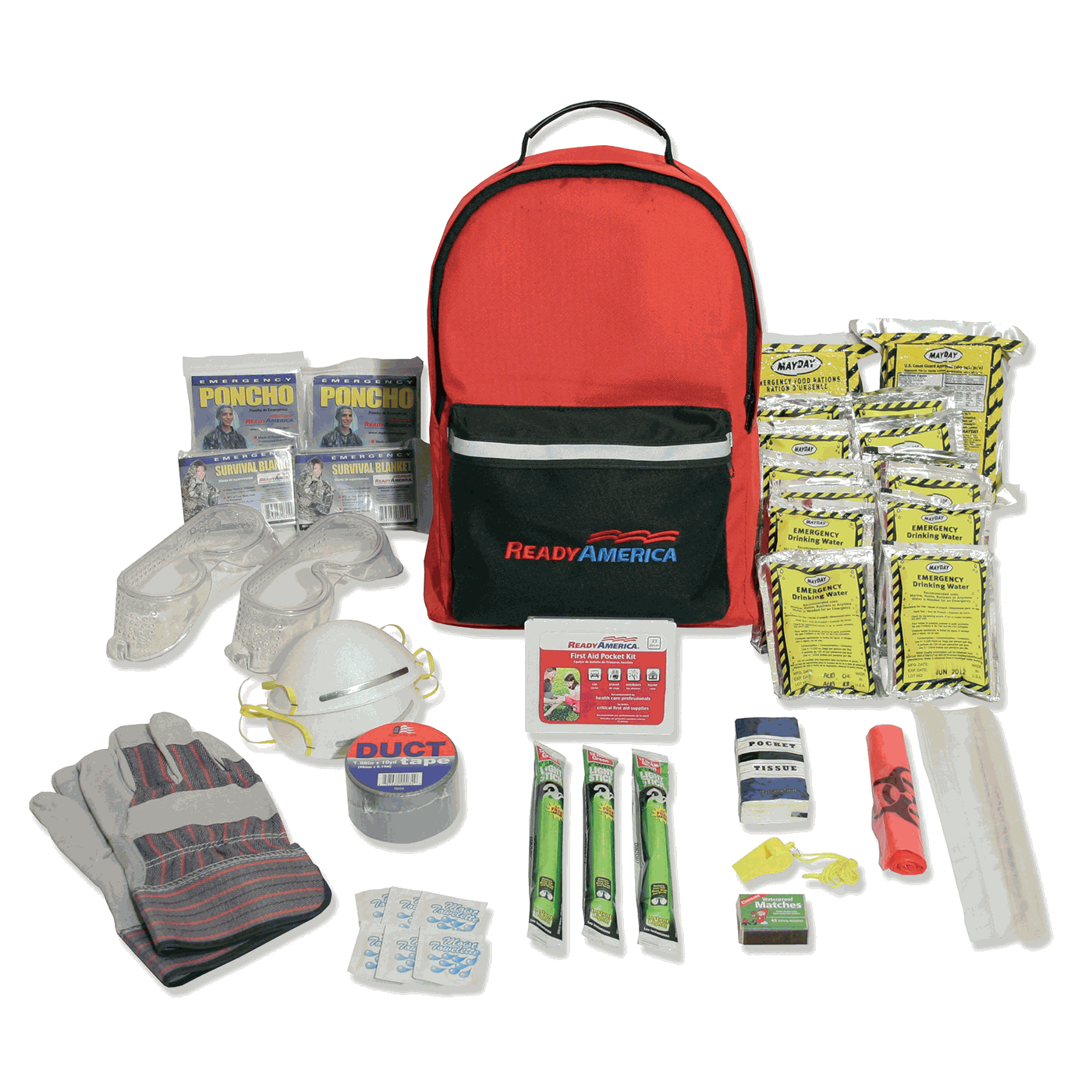Emergency Preparedness: Structure a Safer, Stronger Community Together
Emergency Preparedness: Structure a Safer, Stronger Community Together
Blog Article
Just How to Create a Comprehensive Emergency Readiness Strategy
In the world of preparedness, establishing a thorough emergency situation plan is not simply a task to check off a checklist; it is a necessary keystone of any type of company or person's strength technique. By thoroughly crafting a strategy that addresses various facets of emergency management, consisting of danger evaluation, interaction methods, resource allotment, and tactical decision-making, one can lay a solid structure for guarding lives, operations, and possessions.
Significance of Emergency Situation Readiness
Emergency situation preparedness is essential for mitigating possible threats and making sure the safety of communities and people. In today's world, where all-natural disasters, public wellness dilemmas, and other emergency situations can strike without caution, being prepared can make a considerable difference in decreasing the impact of these events. By having a well-balanced emergency situation readiness plan in area, people and companies can react properly, protect lives, and minimize building damage.
One of the primary factors why emergency preparedness is necessary is its role in saving lives. When emergency situations take place, having a plan that describes clear treatments for emergency situation, discharge, and interaction reaction can help individuals act promptly and decisively. This can prevent injuries and deaths by guaranteeing that individuals know what steps to require to stay safe
Moreover, emergency situation readiness enhances the durability of neighborhoods. By cultivating a society of preparedness and preparation for various circumstances, neighborhoods can jump back faster from disruptions and catastrophes. This durability is crucial for keeping security, connection of procedures, and overall wellness despite adversity.
Assessing Potential Dangers
Thinking about the relevance of being prepared for unanticipated events, the initial action in developing a reliable emergency preparedness plan entails completely reviewing and analyzing prospective threats. This assessment needs a comprehensive review of all possible hazards that could affect the organization, thinking about elements such as area, sector, and historic data on occurrences. By identifying these risks, organizations can prioritize their readiness initiatives and allocate sources successfully to alleviate one of the most substantial dangers.
Usual dangers that companies may encounter include all-natural calamities like cyclones, quakes, or floodings, technological risks such as power outages or data violations, as well as human-caused dangers like mishaps or willful acts of physical violence. Conducting a risk evaluation also entails considering the possible influence of these occasions on the company's operations, workers, clients, and track record. By conducting a detailed risk analysis, companies can develop tailored emergency situation response strategies that resolve their specific vulnerabilities and make sure reliable preparedness for any prospective situation.
Developing a Communication Plan
Developing a clear and comprehensive interaction plan is important for efficient emergency preparedness within organizations. In times of dilemma, interaction plays a vital duty in guaranteeing the safety and security and health of workers, stakeholders, and the area. A well-thought-out interaction strategy should detail clear lines of communication, assign crucial employees responsible for interaction jobs, and develop methods for disseminating details rapidly and properly.
One secret aspect of producing an interaction strategy is recognizing key and alternate communication channels (EMERGENCY PREPAREDNESS). These can include e-mail, message messaging, phone trees, social media sites systems, and public address systems. It is see this essential to ensure that these channels are trustworthy, accessible, and frequently examined to assure their performance throughout emergency situations

Structure an Emergency Package
Given the critical value of preparedness in times of crisis, a crucial part that companies must attend to is the facility of an emergency kit. When assembling an emergency kit, it is essential to take into consideration the specific requirements and conditions of the organization. Furthermore, companies need to consist of vital files, such as get in touch with lists, insurance policy information, and emergency feedback plans, in water-proof containers within the kit.
Establishing Discharge Procedures
To make sure the safety and security and orderly evacuation of personnel during emergency situations, companies need to establish efficient and clear emptying treatments. Discharge treatments should include a variety of possible scenarios, consisting of fires, natural catastrophes, or other emergencies that call for speedy evacuation.

Additionally, companies need to establish a system for audit for all personnel during an evacuation to make certain that everyone has safely exited the premises. Communication plays an important function in emptying procedures, with clear directions on exactly how to leave and when to do so. Routine review and updating of emptying procedures based on comments and transforming circumstances are vital to keeping the effectiveness of the plan.
Conclusion
Finally, establishing an extensive emergency situation readiness strategy is critical for making sure the safety and security and health of people in the occasion of a calamity (EMERGENCY PREPAREDNESS). By analyzing possible threats, developing an interaction plan, developing an emergency kit, and establishing evacuation companies, people and procedures can be better geared up to respond effectively to emergency situations. It is necessary to focus on readiness initiatives to mitigate the influence of catastrophes and protect lives and residential property
In the realm of preparedness, establishing a comprehensive emergency plan is not just a task to check off a list; it is an important cornerstone of any kind of organization or individual's resilience approach. When emergencies take place, having a strategy that details clear procedures for discharge, emergency, and interaction response can assist individuals act promptly and emphatically. his comment is here. By carrying out an extensive threat analysis, companies can create tailored emergency reaction plans that address their particular susceptabilities and ensure effective preparedness for any prospective dilemma
Establishing a detailed and clear communication plan is crucial for effective emergency readiness within organizations. By examining prospective dangers, developing a communication strategy, constructing an emergency situation set, and developing discharge people, organizations and procedures can be much better outfitted to react properly to emergencies.
Report this page